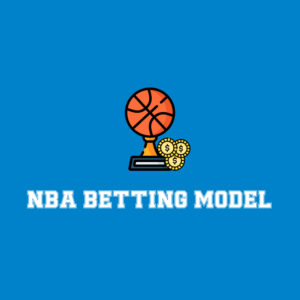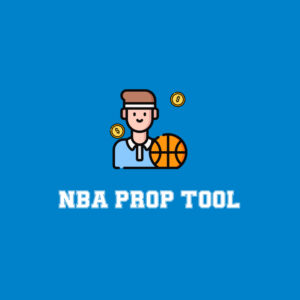
On Sunday, Rams rookie receiver Puka Nacua broke a record you had definitely heard about before that afternoon. His 25 receptions through two games are the most ever to start an NFL career, taking the crown from Earl Cooper of the 1980 San Francisco 49ers. He has more catches than Justin Jefferson or Tyreek Hill has so far this season. His 266 receiving yards are more than Stefon Diggs or Davante Adams. His 35 targets in Los Angeles’ first two games tie the NFL record going back to at least 1992, when publicly available target data begins. And, with Cooper Kupp still nursing an ever-lasting hamstring injury, Nacua has stepped in and been a significant factor in the Rams looking like an actual professional football team rather than the utter disaster many predicted before the season began. Not a bad start for the rookie.
So how has a late draft pick like Nacua claimed such a significant role in an NFL offense this quickly? How is he putting up these numbers, and how impressive has he actually been? And, more to the point, can he keep this up, or is it just a mirage — a burst caused by a small sample size or the absence of Kupp?
Nacua was WR23 on the consensus big board entering the draft. He was 24th in Nathan Forster’s Playmaker projection, the highest for any receiver who Scouts Inc. had as a potential undrafted free agent. He was praised for his size and his physicality, being able to fight off cornerbacks for contested catches. His route-running was considered smooth and crisp, too, projecting him as a potential short-yardage possession-type player. He doesn’t have the world’s best acceleration or speed, and there were doubts on his ability to beat man coverage at the NFL level, but there were traits you could work with.
Sean McVay has had some significant success with guys like that! You’re talking about a guy who averaged 7.1 yards after the catch at BYU; guys like that are worth their weight in gold in the McVay/Shanahan system. McVay had been hyping Nacua up since minicamp, and Nacua took to the system incredibly quickly. You could not have asked for a better landing place for him, honestly. With Kupp’s injury opening up space in an already paper-thin receiving corps, McVay needed someone to move around the formation and throw ten thousand short passes to.
Does Nacua have a full grasp on the offense, or the hyper-precision route-running that makes Kupp one of the league’s top slot receivers when healthy? No, not yet. But his ability to find soft spots in the zone is very real, and surprisingly advanced for any player in his second NFL game.
Per FTN Data charting stats, 76.9% of Nacua’s targets have come against zone coverages. That’s second behind Mike Evans among players with more than 10 targets through two games. His 15 catches for 162 yards against them certainly back up Matthew Stafford’s claim that Nacua is early in the progression for him when opponents are playing zone. San Francisco, especially in the first half, was content to play soft zone coverages, making up for some injuries at cornerback and seeing if the Rams could take advantage. Nacua was more than happy to oblige, finding the soft spots in San Francisco’s coverage and being sure handed when Stafford looked his way. Some of the credit goes to McVay’s scheme, of course, but Nacua is executing the options and decisions that McVay normally asks Kupp to make, and doing it with surprising success.
And, in case you’re worried that this will all vanish once Kupp comes back, it’s important to note that while Nacua is filling much of Kupp’s function in the passing game, he’s not really duplicating the role, per se. Kupp is McVay’s F receiver, with basically half of his snaps coming out of the slot when he’s in action. Nacua has only been in the slot 22% of the time through two games; he’s done more damage lining up outside and running a drag route back across the middle of the field. He’ll stay in as the flanker even when Kupp returns, so don’t worry too much if you blew your entire FAAB budget to bring him in. The volume will go down, naturally, but Nacua can absolutely complement Kupp when both of them are healthy. How the Rams will develop a deep threat to open up space for Kupp and Nacua to work remains an ongoing question, mind you, but one step at a time.
Kupp’s eventual return will likely stymie Nacua’s chase of Jaylen Waddle’s rookie record 104 receptions. In 2021, Waddle received 140 targets, nearly twice as many as Miami’s second-most-targeted receiver, DeVante Parker. Even if Kupp’s hamstring ends up turning into something that scratches his entire season, it seems unlikely that the Rams would run their offense through Nacua to that extent. McVay is slightly more creative a playcaller than the duo of Eric Studesville and George Godsey, and eventually, teams will stop letting Nacua rack up short target after short target against soft zones. He’ll earn respect of defensive coordinators, and the increased attention will surely cut down his volume.
Nacua doesn’t project to be as big of a weapon as Waddle was. He’s much more in line with the type of rookie receiver we have seen jump out to early high-volume usage in the past, which brings us back to Earl Cooper.
Cooper was the fullback on the beta version of Bill Walsh’s 49ers. This was when Joe Montana was still on the bench learning the West Coast offense, when Dwight Clark was still maturing into an option, several years before Roger Craig would enter the picture, much less Jerry Rice. Somewhat desperate to generate any sort of offense, Walsh schemed up pass after pass to Cooper out of the backfield for Steve DeBerg just to try to get something moving. Cooper finished second with 82 receptions in 1980, but averaged just 35.4 receiving yards per game. Cooper wasn’t getting heavy volume because he was the future of San Francisco’s offense; he was getting volume because the 49ers were a work in progress, starting receivers like James Owens and making do with some pretty severe talent deficiencies. In their first game in 1980, Cooper and fellow running back Paul Hofer combined for 17 receptions; every 49ers wideout combined for four.
There’s a lot of that going around on that list. Saquon Barkley, Tarik Cohen, Reggie Bush and Jahvid Best were all drafted to offenses that ranked no higher than 21st in passing DVOA the year before, brought in and targeted early in an attempt to jumpstart passing attacks to varied degrees of success. Nacua arguably has more in common with that group than someone like Anquan Boldin, who came into a talent-starved Arizona team (WR2: Bryant Johnson!) and became the focal point of the offense. Boldin was someone the offense ran through. Nacua has had more of his receptions schemed up for him, rather than generating big plays downfield by himself. That’s not a knock on Nacua, by any means; it just means that Nacua is feasting on short passes that pop him open due to good play design more than he is just creating offense on his lonesome downfield.
And “short passes” is the watchword, which is why you won’t find Nacua at the top of the DVOA leaderboards despite his impressive raw totals. Nacua ranks 28th in receiving DYAR among qualified receivers with 26, and 40th in DVOA at -2.9%. Those numbers should improve somewhat as opponent adjustments get included, assuming San Francisco is as good a defense as we believe them to be. But that still leaves him far behind the other receivers near the top of the reception and yardage leaderboards, as well as teammate Tutu Atwell (40.0% DVOA).
That’s due to the short nature of his passes. You can see in that highlight clip above from the 49ers game just how many passes to Nacua are screens, short hooks and underneath crosses. He has an aDOT of 7.8, 54th out of 74 qualified wide receivers. And while his 4.4 YAC is good (23rd among receivers), it isn’t overly exceptional just yet. As such, Nacua leads the league with 15 failed targets and is one off the league lead with five failed receptions – targets and receptions that fail to gain 40% of yards to go on first down, 60% on second down, and 100% on third and fourth downs. Nacua’s 57.1% success rate still ranks 33rd, and a failed reception is still better than an incomplete pass. But that’s why advanced stats aren’t being as friendly to Nacua as the raw stats would indicate; he’s got a heavy diet of underneath targets at the moment, and there are more than a few empty calories mixed in there.
That’s nothing to be overly worried about. It’s not like targets are gifted to you on a silver platter; the fact that Nacua has earned the confidence and trust to earn so much usage says a lot about how far ahead of the curve he is already through two games. Even if he only has advanced metrics, being an average receiver against the defenses Los Angeles has faced, with the expectations the offense had coming in before the season started? That’s exceptional through just two games. The raw numbers may be overstating his impact to this point, but Nacua has been more than a little impressive so far. He’ll keep the Rams’ offense above water until Kupp returns, at which point it will be very interesting to see how McVay uses his late-round find.





























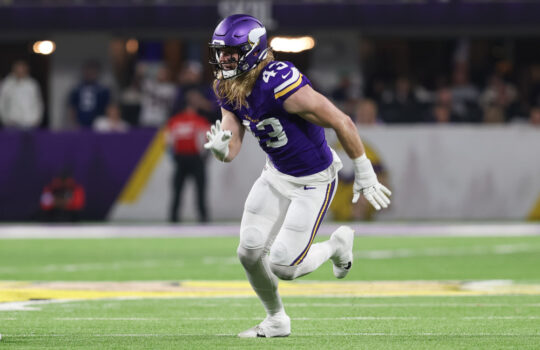



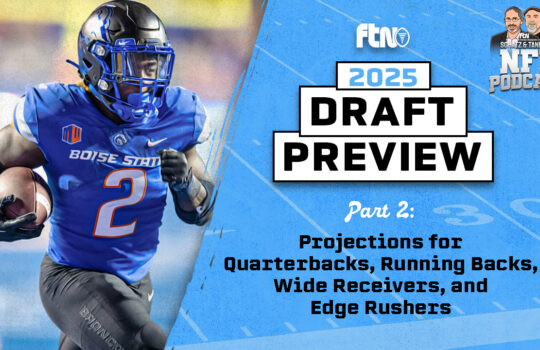

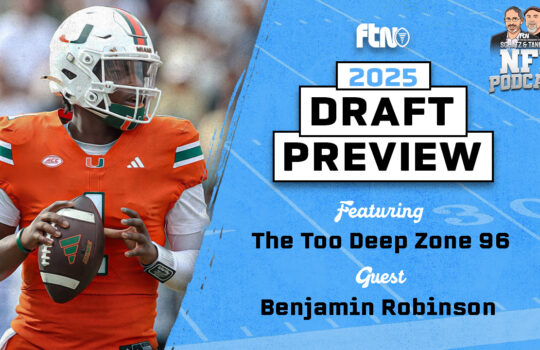





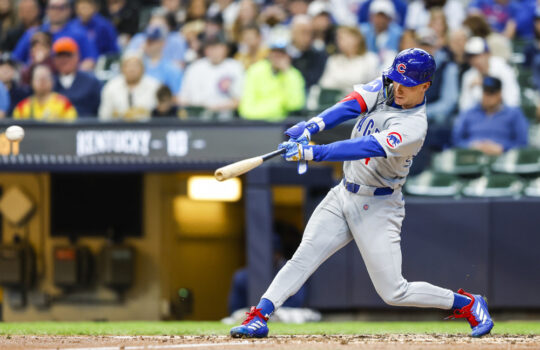

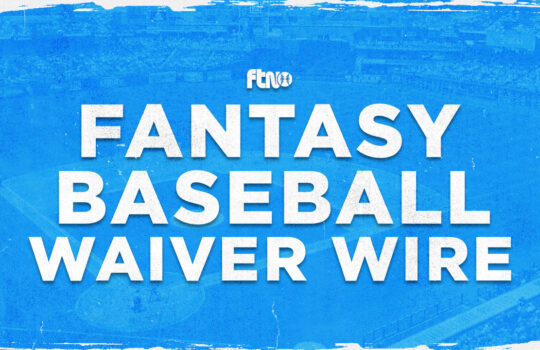

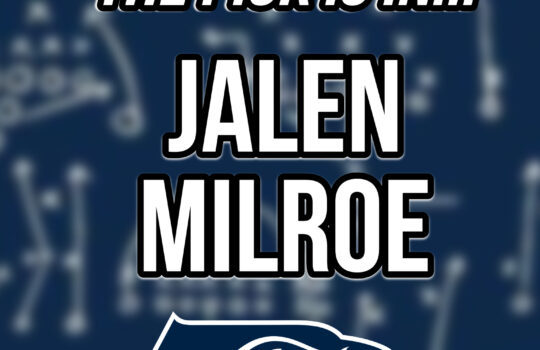

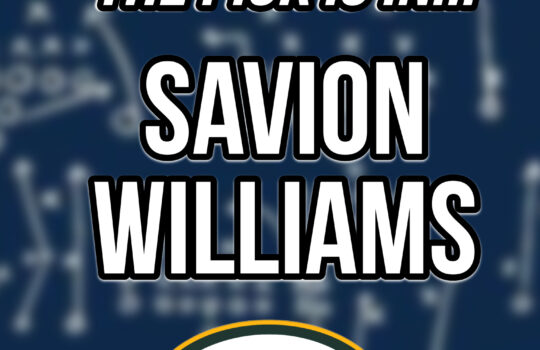
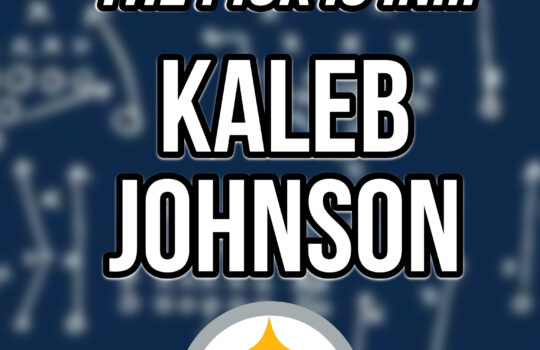

 New York Jets
New York Jets  New England Patriots
New England Patriots  Miami Dolphins
Miami Dolphins  Buffalo Bills
Buffalo Bills  Pittsburgh Steelers
Pittsburgh Steelers  Cleveland Browns
Cleveland Browns  Cincinnati Bengals
Cincinnati Bengals  Baltimore Ravens
Baltimore Ravens  Tennessee Titans
Tennessee Titans  Jacksonville Jaguars
Jacksonville Jaguars  Indianapolis Colts
Indianapolis Colts  Houston Texans
Houston Texans  Las Vegas Raiders
Las Vegas Raiders  Los Angeles Chargers
Los Angeles Chargers  Kansas City Chiefs
Kansas City Chiefs  Denver Broncos
Denver Broncos  Washington Commanders
Washington Commanders  Philadelphia Eagles
Philadelphia Eagles  New York Giants
New York Giants  Dallas Cowboys
Dallas Cowboys  Minnesota Vikings
Minnesota Vikings  Green Bay Packers
Green Bay Packers  Detroit Lions
Detroit Lions  Chicago Bears
Chicago Bears  Tampa Bay Buccaneers
Tampa Bay Buccaneers  New Orleans Saints
New Orleans Saints  Carolina Panthers
Carolina Panthers  Atlanta Falcons
Atlanta Falcons  San Francisco 49ers
San Francisco 49ers  Seattle Seahawks
Seattle Seahawks  Los Angeles Rams
Los Angeles Rams  Arizona Cardinals
Arizona Cardinals 
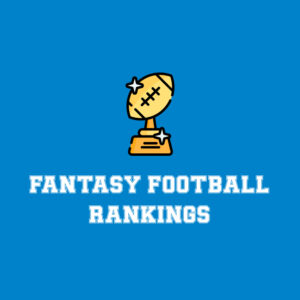
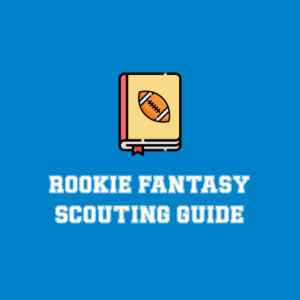






 Boston Celtics
Boston Celtics  Brooklyn Nets
Brooklyn Nets  Philadelphia 76ers
Philadelphia 76ers  New York Knicks
New York Knicks  Toronto Raptors
Toronto Raptors  Chicago Bulls
Chicago Bulls  Detroit Pistons
Detroit Pistons  Milwaukee Bucks
Milwaukee Bucks  Cleveland Cavaliers
Cleveland Cavaliers  Indiana Pacers
Indiana Pacers  Orlando Magic
Orlando Magic  Atlanta Hawks
Atlanta Hawks  Charlotte Hornets
Charlotte Hornets  Miami Heat
Miami Heat  Washington Wizards
Washington Wizards  Denver Nuggets
Denver Nuggets  Minnesota Timberwolves
Minnesota Timberwolves  Oklahoma City Thunder
Oklahoma City Thunder  Portland Trail Blazers
Portland Trail Blazers  Utah Jazz
Utah Jazz  LA Clippers
LA Clippers  Golden State Warriors
Golden State Warriors  Los Angeles Lakers
Los Angeles Lakers  Phoenix Suns
Phoenix Suns  Sacramento Kings
Sacramento Kings  Dallas Mavericks
Dallas Mavericks  Houston Rockets
Houston Rockets  Memphis Grizzlies
Memphis Grizzlies  New Orleans Pelicans
New Orleans Pelicans  San Antonio Spurs
San Antonio Spurs 
